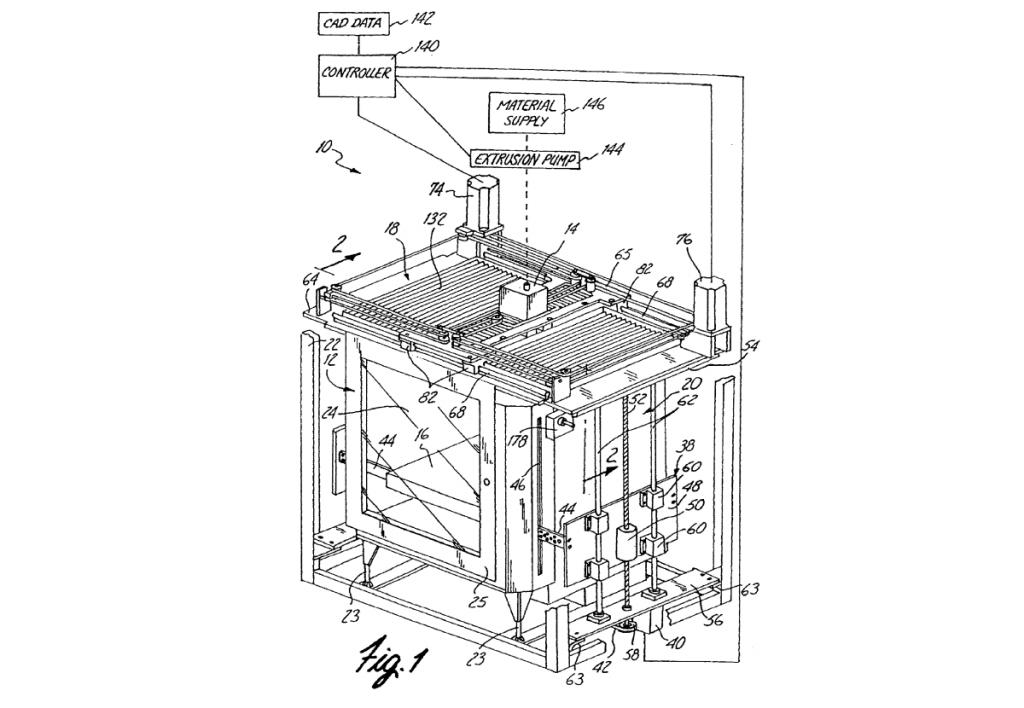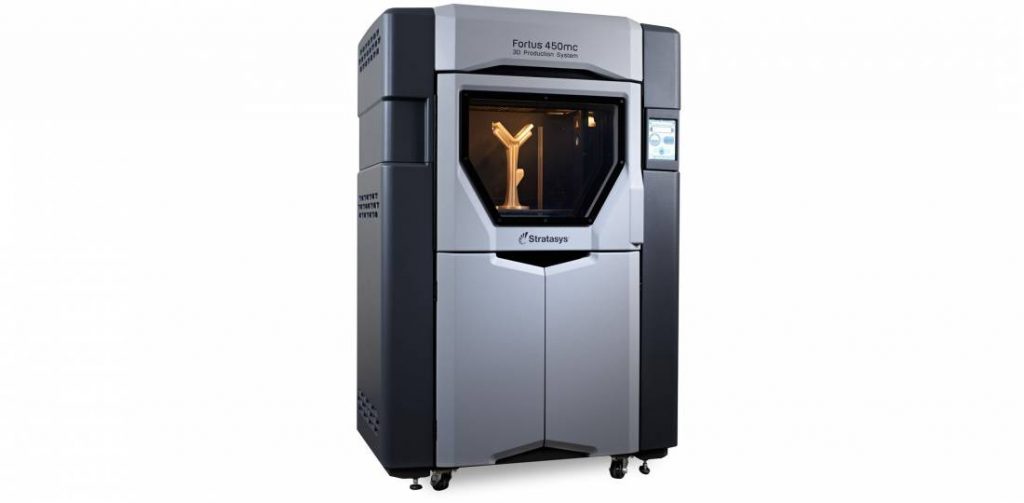For over two decades, 3D printer manufacturer Stratasys has held the patent rights for a relatively simple piece of technology in the 3D printing community.
Owing to three relevant pieces of IP, the company has had exclusive rights to use its own heated build chamber design in its FDM 3D printers since June of 2000. This has meant that manufacturers worldwide have been unable to develop and sell commercial 3D printers with their electronic motion control components isolated from the rest of the build chamber. Naturally, this has made it very difficult to break into the high-temperature industrial FDM market, with companies such as AON3D, INTAMSYS, Roboze, and 3DGence finding novel workarounds.
Of the three patents, US7297304B2 and US20040104515A1 expired back in November 2020. The third and final patent, US6722872B1, is set to expire on the 27th of February 2021 following a previous extension several years before. With the last blockade on its way out, we could very well see a major shift in the way high-temperature FDM 3D printers are produced in the near future.

A trip down memory lane
To predict what kind of effect the expiration of US6722872B1 might have, it’s worth looking at the historical timeline of the company itself. Stratasys was co-founded by Scott and Lisa Crump in 1989. That same year, Scott had filed a patent application for what he called fused deposition modeling, a 3D printing process he had developed a year prior when attempting to produce a toy frog for his daughter.
After 20 years, in 2009, that FDM patent expired and what came next is often considered the birth of mainstream consumer 3D printing via the RepRap Project led by Dr. Adrian Bowyer’s work at the University of Bath.
While the RepRap project began in 2004, the official anniversary is marked from May 29th, 2018, the date when the first RepRap made another RepRap 3D printer.
With the opening of the floodgates in 2009 and the spread of the open-source RepRap movement, hundreds of 3D printing startups materialized, resulting in a number of subsequent household names such as MakerBot, FlashForge, and Prusa to name a few. FDM/FFF 3D printing is now the poster child for hobbyist 3D printing and is the most commonly used additive manufacturing technology to this day.
The expiration of US6722872B1
It’s fair to say the expiration of US6722872B1 probably won’t have the same seismic effect as the 2009 event. However, it will probably cause an influx in simple heated build chambers, making the high-temperature industrial FDM market much more competitive.
Smaller-scale manufacturers will no longer have to resort to just using more durable electronic components, which often increases the price point of the entire system. With the ability to isolate their motors and other electronic components from the heated build chamber, companies will find it much easier to develop high-temperature FDM systems with PEEK, PEKK, and ULTEM printing capabilities.

Looking at its effect on the consumer market, the existence of US6722872B1 likely prompted the invention of the heated bed (an alternative at the time) back in 2010, which RepRap founder Dr. Adrian Bowyer MBE has previously attributed to Chris Palmer (Nophead). Now found in most FDM 3D printers, the heated bed is crucial for part adhesion and the alleviation of delamination and warping issues. Last year, Bowyer even made a blog post detailing the design of his own open-source solenoid bed heater for use with FDM 3D printers.
While integral to day-to-day 3D printing, the heated bed is quite simply not enough when it comes to engineering filaments. Demonstrating the importance of the heated build chamber, Michigan Technological University’s Joshua Pearce has previously released the open-source design plans for a low-cost FDM printer with PEKK and ULTEM extrusion capabilities. Dubbed the ‘Cerberus’, the three-headed machine can be built for less than $1000 and, much like the Stratasys design, houses all of the low operating temperature electronics outside of the heated chamber.
Stratasys has been contacted for comment on the expiry of the patent and whether it plans to apply for an extension.
Subscribe to the 3D Printing Industry newsletter for the latest news in additive manufacturing. You can also stay connected by following us on Twitter and liking us on Facebook.
Looking for a career in additive manufacturing? Visit 3D Printing Jobs for a selection of roles in the industry.
Featured image shows US6722872B1 detailing the design of a heated build chamber isolated from the printer’s motors and electronic components. Image via US6722872B1.


